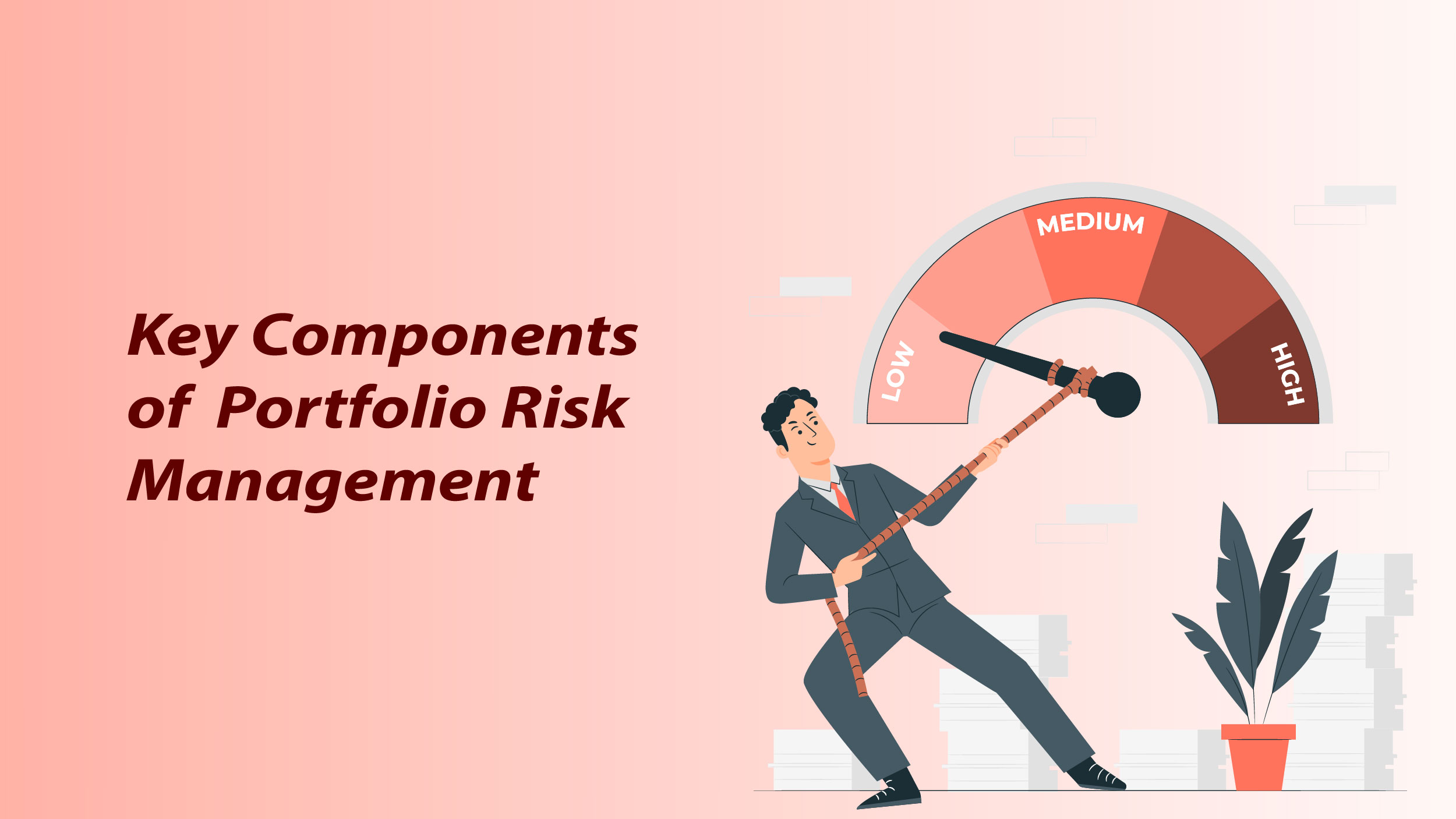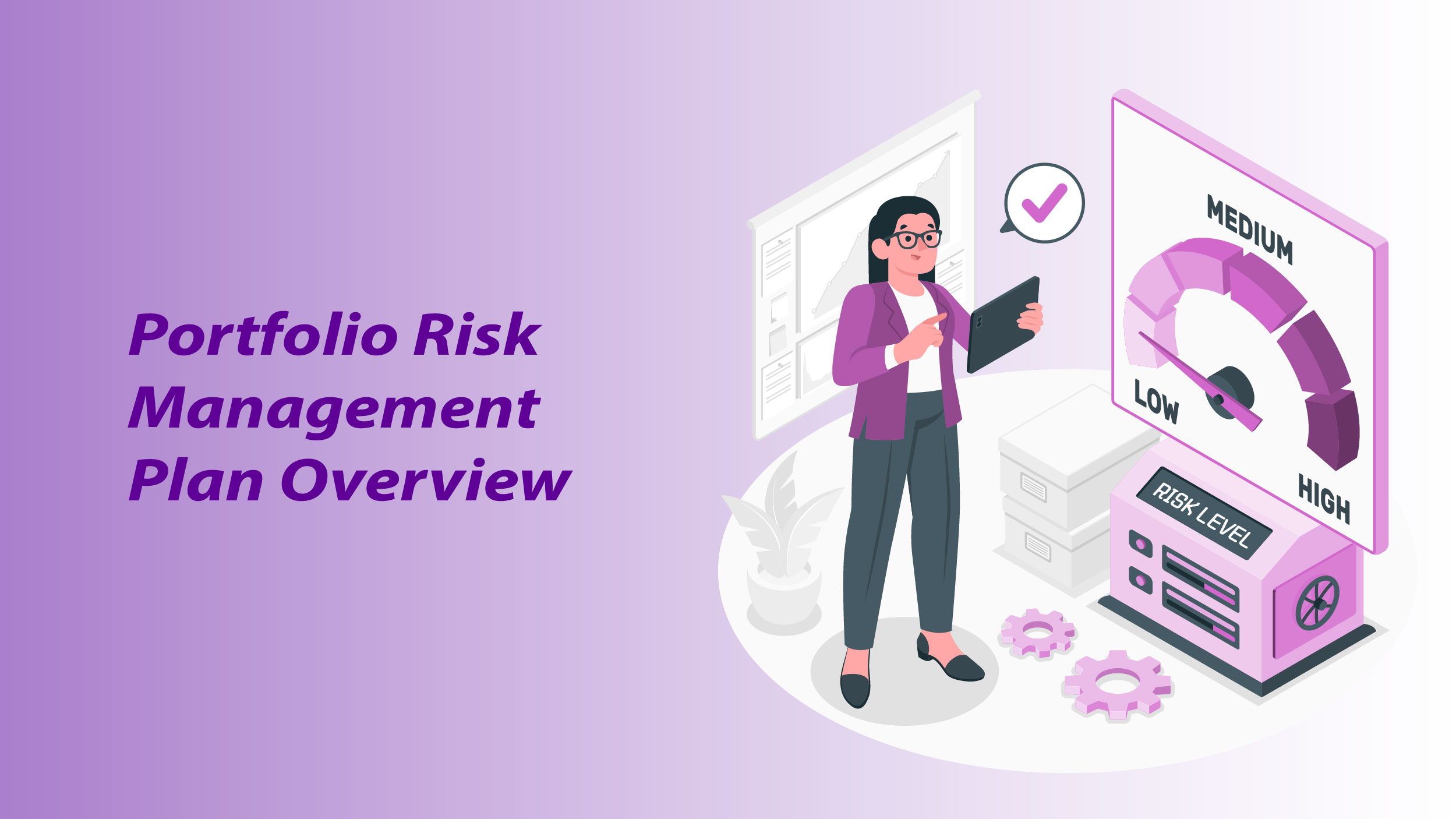In the dynamic landscape of finance and investments, the art of portfolio management is a multifaceted endeavor. Central to this practice is the strategic discipline of portfolio risk management. This vital component goes beyond mere financial management; it is the proactive approach organizations adopt to identify, assess, and mitigate risks within their investment portfolios. Without further ado, let’s understand everything about this risk management practice.
What is Portfolio Risk Management?
Portfolio risk management (PRM) involves overseeing and mitigating risks associated with financial investments, whether in a collection of financial assets or a business’s project portfolio. This practice includes analyzing risks, devising strategies to minimize them, as well as implementing them. By monitoring long-term portfolio performance, organizations can identify opportunities to enhance returns. PRM safeguards against potential investment losses optimizes diversification for maximum return, and empowers investors to make well-informed decisions. Its primary objectives are to minimize risks, optimize returns, and ensure that portfolios meet target goals. Integrating risk management into financial planning is essential for investors to make informed decisions, maximize returns, and minimize losses.
Key Components of Portfolio Risk Management

Given below are the different key components:
- Risk Identification: Identifying various risks associated with an investment portfolio, encompassing specific assets, sectors, or investment strategies.
- Risk Assessment and Measurement: Quantifying the potential impact of identified risks on the portfolio’s performance using tools such as value at risk (VaR), standard deviation, and beta.
- Risk Mitigation Strategies: Implementing tactics to reduce the potential impact of identified risks on the portfolio. Strategies may include diversification, asset allocation adjustments, hedging, and rebalancing.
- Risk Monitoring and Review: Continuously assessing and evaluating the portfolio’s risk profile and the effectiveness of implemented risk management strategies. Regular reviews enable investors to make informed decisions and adjust strategies as needed.
What is the Importance of Portfolio Risk Management?
Effective portfolio risk management holds paramount importance across various contexts, encompassing project management, investment management, and portfolio optimization. The significance of PRM can be summarized through key reasons:
- Safeguarding Strategic Goals: PRM safeguards the achievement of strategic goals by identifying and managing specific risks at the portfolio level. This proactive approach increases the likelihood of positive events while decreasing the impact of potential negatives on the project portfolio.
- Augmented Business Value: Proactive risk management contributes to enhanced business value. Organizations adept at managing portfolio risks can take on more calculated risks, improve portfolio value, and achieve a higher success rate in project delivery.
- Managing Interdependencies: In portfolios, interdependencies between high-priority components are common. Effective portfolio risk management becomes crucial in such scenarios, mitigating risks and ensuring smooth portfolio performance by addressing potential failures in one component that could impact another.
- Identifying Improvement Opportunities: PRM not only spots potential failure causes but also identifies opportunities for improvements. By capitalizing on these opportunities, organizations can elevate quality, service levels, customer satisfaction, and productivity.
- Optimizing Risk-Return Tradeoff: PRM enables informed investment decisions by considering associated risks. Through strategic asset allocation, diversification, and risk mitigation strategies, investors can achieve an optimal tradeoff between risk and return.
- Adapting to Market Changes: Regular portfolio reviews and risk monitoring allow for timely adjustments based on changing market conditions. This adaptability ensures the portfolio remains aligned with organizational goals and risk tolerance.
Portfolio risk management plays a pivotal role in protecting investments, ensuring the attainment of strategic goals, boosting business value, and optimizing risk-return tradeoffs. Effectively managing risks empowers organizations to navigate uncertainties and increases the probability of successful portfolio outcomes.
Portfolio Risk Management Plan Overview

A PRMP (portfolio risk management plan) is integral to an organization’s overarching strategy, aiding in the comprehensive identification and management of risks associated with portfolios.
Governance Risk:
Governance risk within the PRMP addresses government policies, regulatory changes, and legal requirements, ensuring compliance across the enterprise. A central component is the risk register, which provides details on identified portfolio-level risks and enables effective tracking and monitoring for necessary adjustments.
Risk Minimization:
Implementing a PRMP empowers organizations to minimize exposure to strategic risks at the portfolio level, both in the present and future. This proactive approach ensures that risks are identified, tracked, and mitigated, contributing to long-term resilience.
Financial Planning Essential:
Portfolio risk management is a vital aspect of financial planning, serving as a regular component in investors’ portfolio strategies. Understanding and addressing investment risks through strategic planning allows investors to optimize returns while minimizing potential losses, fostering a more informed and resilient investment approach.
Final Thoughts
Effective portfolio management hinges on the critical practice of portfolio risk management. This involves the identification, analysis, and mitigation of risks, offering organizations the means to safeguard strategic goals, boost business value, and optimize the risk-return tradeoff. Proactive risk management not only addresses interdependencies within the portfolio, ensuring smoother performance but also aids in adapting to evolving market conditions and uncovering improvement opportunities. Employing a comprehensive risk management strategy enables organizations to navigate uncertainties, enhancing the probability of attaining successful portfolio outcomes. Ultimately, portfolio risk management is indispensable for maintaining a balanced and resilient portfolio that maximizes returns while mitigating potential negative impacts.




